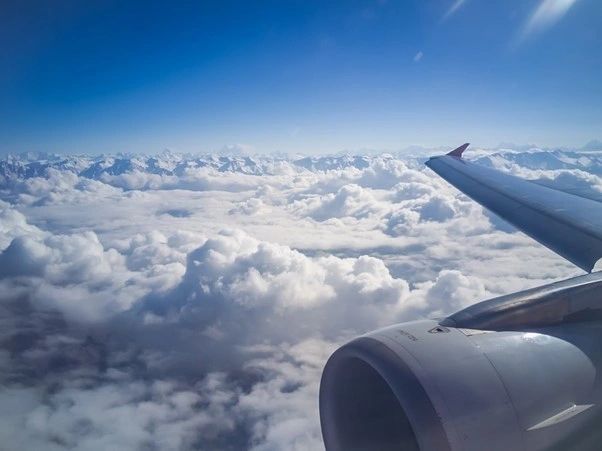TD Guest Writer
Guest Writers are not employed, compensated or governed by TD, opinions and statements are from the specific writer directly

The airline industry has recovered from the pandemic and is experiencing a time of exceptional prosperity.
Algorithms powered by artificial intelligence are sifting through mountains of data to make subtle adjustments to airfares.
In the wake of the industry’s worst crisis, AI is quickly becoming an indispensable tool for airlines to determine the most profitable airfares to charge customers.
Computers are learning how ordinary life affects airline demand by analysing data from Internet searches, Covid outbreaks, weather forecasts, and football results, among other things. When fully developed, artificial intelligence detonates the mysterious pricing codes and price bands that have stifled the airfare market for decades.
Using this information, service providers may continually re-evaluate ticket prices to account for fluctuations in demand.
As reported by Fetcherr, an Israeli firm that runs a live-pricing engine, employing artificial intelligence AI to calculate tickets may increase an airline’s revenue by 10% or more.
Roy Cohen, CEO and co-founder of Fetcherr, said, “We are able to determine at any price point how many people will buy a ticket.” Fetcherr’s directors include Alex Cruz, a former CEO of British Airways. The difficulty of evading our system is high.
Last month, Brazilian airline Azul launched the first public trial of Fetcherr’s demand prediction and pricing technology.
Cohen claims that Fetcherr’s demand forecasting is so precise that the prices calculated by computers for flights six months ahead hardly change when the plane takes off. The closest I’ve heard to being dead on is what he stated.
“sometimes down to the cent” and profitable for the airlines.
Let’s pretend a New Yorker wishes to go to a rock performance in Boston on the following Thursday.
After an internet search, the client discovers three flight options for $263, $303, and $424.
Since this band doesn’t go on the road very often, the customer was ready to pay a little extra.
However, data-hungry algorithms may have determined that demand for services departing from Boston on Thursday was sufficient to charge an introductory rate of $293 and still load the plane.
If the airline had offered those tickets at a higher price, it might have made an extra $30.
For quite some time, airlines have relied on computerised pricing management systems. However, customers’ actual prices have been influenced by the number of available seats in each tariff category. After two years of strict regulations, it has become much more difficult to predict how much people are willing to spend accurately. The shortage of staff and aircraft to operate, which forced airlines to fly with reduced capacity, and unable to fulfil the pent-up demand generated after the pandemic lockdown, has allowed airlines to increase airfares drastically.

